-
Posts
2,700 -
Joined
-
Last visited
-
Days Won
49
Content Type
Profiles
Forums
Blogs
Gallery
Events
Store
Posts posted by Graf
-
-
-
-
-
Hi Tony,
very nice display of pictures Thanks
1 -
Very nice display
0 -
Nice ones
You can easily repair The Knight of the L2
Only the pin is missing.
Have you measured the site of the central medallions
The back medallion looks the same size of the other central Medallion,
Sometimes the sellers get the Orders with detached central medallions and the put them on the one they think they belong
It is not difficult to get replacement medallions They pop -up on eBay regularly ,,or if you like the Order like them leave them like that
1 -
32 minutes ago, steveBobby said:
I can't guarantee that my translation is accurate enough, I will attach the original text below.
(Снимка на подполковник Боян Тодоров Станчев като командир на 7-а трудова дружина)
The uniform is known as the Labor Front uniform M32. The officer in the photo is from the Labor Front. When the uniform changed again in 1936, he stopped wearing the second order of bravery.
about the labor front,I took some passages from the book:
12. Types of Labor Service
12. 1. Mandatory Labor Service Invented in Bulgaria
In 1920, Alexander Stamboliski takes an idea into reality: He drafts young people for constructive work in peace and not as destructive force in war and creates the first Labor Army in service of the country. The concept was not unanimously supported. But it affected the world and survived in Bulgaria in some form for 80 years.
The details of the Stamboliski Labor Service and its derivatives are complex and confusing but badges together with various sources of information allow to develop an outline of the organization (details on the original mandatory Labor Service are from "Meet Bulgaria", published in 1931 by R.H. Markham, Staff Correspondent of the Christian Science Monitor on the Balkan Peninsula).
The Bulgarian nation of 6 million had mobilized by draft in WWI an army of 900,000 soldiers. 100,000 were killed or missing in action, 150,000 had been wounded. In 1918, the defeated Bulgaria had nothing to show for the sacrifice. It even lost some of its land. The nation was angry and ready for a change.
Alexander Stamboliski (1879-1923), a Bulgarian politician with an agrarian background, had resisted the war before its beginning and had warned Tsar Ferdinand that he would lose his head if he took Bulgaria into the war. The regime considered Stam- boliski's warning treasonous and jailed him for life. When Bulgaria capitulated in 1918, Ferdinand did not lose his head but his position as head of Bulgaria, and he was forced to leave the country. Stamboliski was freed as hero and man of wisdom. As leader of the Agrarian Party, he advanced quickly to the position of Prime Minister in spite of tensions with the 24-year-old inexperienced Tsar Boris III, Ferdinand's son, who now occupied his father's position as head of state.
Alexander Stamboliski, the man who had opposed the war, had to sign the humiliating Peace Treaty of Neuilly on 27 November 1919. Its ARTICLE 65 states that "universal mandatory military service shall be abolished in Bulgaria. The Bulgarian Army shall in the future be constituted and recruited only by means of voluntary enlistment." ARTICLE 66 limited the total number of military forces in the Bulgarian Army to 20,000 men, including officers and depot troops.
Stamboliski recognized that training young people physically and teaching them discipline required service in an army. He initiated a mandatory Army of Labor for the Common Good, to provide young people with orderliness and physical strength while improving the infrastructure of the country. This Labor Army was designed to promote the ideas of brotherhood and solidarity of social classes and produce materially useful and tangible results for the country. Men and women, single or married, were drafted to perform essential public works in the National Labor Service ("trudova povinnost").
The Labor Service was divided in two parts. Young men, upon reaching age 18, were drafted into a one-time 8-month service, equivalent to the conscription for basic military training. The discipline of the drafted young "trudovaks", their methods and their life style were that of military recruits. They were given gray uniforms and on their caps was the official badge with the words "Labor for Bulgaria". They had their flags, their music, their songs and their bands. On entering the service, they took an oath to be faithful to Tsar and country and to perform all their assignments responsibly. They were organized in units under military-style command and given practical vocational training.
A second part of the Labor Service consisted of an annual 3-week call for all adult citizens (men until age 40, women until age 30) including those who had completed the 8-month service before. This was similar to an annual exercise for army reservists. As a rule, only the men were called, and they seldom served more than 10 days a year. Substantial tasks have been accomplished by the yearly labor service, even though the law was not applied evenly in all communities. But when the local officials were energetic and all the men had been required to do at least ten days of service annually, many local improvements were accomplished.
The Labor-Service program was weakened by a later provision that allowed the wealthy to purchase their release from the draft. Another negative influence came from the World War I Control Commission that opposed the military style of the program as an attempt to rearm in violation of the Treaty of Neuilly.
In spite of some weaknesses, the Labor Service remained a success. It is reported in the early 1930s, that streets had been widened, paved and straightened; hundreds of miles of local roads been constructed, bridges had been built, schools and reading rooms been erected, water been piped to villages, and in several districts even electric power plants had been built. Dikes have been erected along low-bank rivers. In a wide, low plain near Sofia, a winding river has been shortened and land been reclaimed. Trees had been planted on hundreds of acres by the annual temporary laborers. Helpful public health improvements had been introduced.
The 1930s statistics show that 45,000 young men were drafted each year into the 8-month Labor Service. Approximately three quarters of a million adults were subject to the annual 10-to-21-day call. To promote the idea of service even more widely, 800,000 school children were required by law to work a number of days each year for the common good.
It is important to remember that the mandatory Labor Service had been created as a substitute for the military draft. Therefore, when the military draft was reintroduced in the late 1930s under the clouds of the coming war, the Labor Service became a place for lesser Bulgarians who were considered to be not qualified for military service. Jewish men between 16 and 55 years of age were now drafted for 6 to 7 months a year into labor camps. The food was sufficient but bad. The command structure consisted mainly of retired officers and sergeants, some of them abusive, others supportive. The Labor Service helped to protect Jews in Bulgaria from deportation and the Final Solution. But the mandatory Labor Service had now descended to become a second- class alternative for military service and was populated exclusively by minorities with limited rights. This development destroyed Stamboliski's original goal to foster brotherhood and solidarity. After that, the Labor Service never completely recovered from this stigma.
or have this:https://bg.wikipedia.org/wiki/Строителни_войски
Another Labor Front official, Wearing the badge "Working for Bulgaria"
Hi Steve excellent work Yes I was inclined towards the Labor Military unit Thanks
0 -
-
Personally I will pass them
0 -
1 hour ago, Farkas said:
I was looking through a ‘Collecting Medals’ book the other day and the author claimed that it was better to buy 1 x £1,000 medal than to buy 50 x £20 medal…
🤷♂️ I don’t know which is ‘better’ but I know I do the total opposite 😊
So I’m going to struggle focusing because there seem to be so many in that 10-30 price bracket I love… 😊
My first love is Austro Hungarian WW1 era, I’ve got well over 50 KTK and G-d knows how many other common ones, maybe another 100-150. But still I have only a handful worth even £100 or more.
Having said all that, listening to the advice from you all, considering what I already have and after having a good look around Hendriks site… i think I’ve found my little niche to focus on for the moment…‘The Order of Leopold II’
Knight class & the 3 medals
(and of course ww1 🙃)
These are the other 3 of the 6 I bought the other day, I’ll post some proper pictures later (& ask a few questions).Of course all unloved, have issues and damage… just the way I like them!!
cheerstony 🍻
Hi Toni I am glad you found your place in the collecting
All we started as you did. Personally I reshaped my collection several times.
That is the life of the collector-. never stops to discover new areas of interest
I hope you are not offended with our advice. It comes from our hearts and experience.
I like your enthusiasm and dedication Keep it that way
My first love were the Belgium Decorations and awards I still love them, however my main interests shifted to other areas. I reshaped my Belgium Collection dramatically
As I said never it never stops As we grow as collectors we start thinking not only about the collectors value but also the market value. Sadly one day we have to sell our collection. Only people with very deep pockets can afford to keep and pass to next Generations
Have a nice day
1 -
18 hours ago, VC89 said:
Took a look at my library and found another English book about Belgian medals:
- "Identification of the more common Medals of Belgium" by Daniel M. Byrne.
Simular to Hendrik's website but with less information, unclear pictures and it only goes as far as 1977. But it has a ribbon chart at the beginning, so it can help with identifying unknown belgian medals.
That could be a very nice and helpful Especially if has ribbon charts
1 -
16 hours ago, Daniel Krause said:
Sorry to say so, but I do not belive, that this is an original contemporary bar.
A bit too much of everything and as far as I see - a flat bottom bar, 99,5 percent of this style are reproductions.
Greetings
Daniel
The Bulgarian Order looks OK This could be not a reproduction, but made up Yes Some more experienced members might figure out whether such combination is possible
0 -
Looks like the 4th republic Star
0 -
-
Hi
Very Nice bar
Most likely an officer involved in actions on The Balkans
Good luck with the task
Cheers
0 -
-
2 hours ago, VC89 said:
Between 1908 and 1951.
If you are interested in Belgian medals/decorations, Hendrik's website is a very good one to identify and get a summary of the medal. For most collectors it got all the information they need. If you want to know more about them you're going to need to learn how to read French or Dutch 😋
For Belgian orders there is a good book in English called "The Spirit of the Lion, Orders of Belgium" by Antti Ruokonen.
There was also a website about the Military Decoration created by Guy Deploige (I think he's a member here too) but the link I saved is now invalid
 . Does anyone know if he has a new website/link?
. Does anyone know if he has a new website/link?
Very good points I also have problem opening this site Yes Guy is a member of this club He is also involved in the Royal Military Museum in Brussels
Hi Tony,
Apart from the Hendrik site ,those are the books are also very good references if you want to get involved with Belgium Awards
1 -
2 hours ago, Hendrik said:
Hi Tony,
I strongly suggest paying a visit to http://www.medalcorner.fr/ ... For the above three, look under Belgium - Others and then Leopold II era.
Regards,
Hendrik
Hi Tony
I also advice to to try to focus on certain Orders and periods and gradually build up your collection
Cheers
1 -
You can list them Some of the members could be interested in them
I particularly collect Bulgarian Awards only from the ones you have mentioned
You can send me a list on my mail box
Cheers
0 -
-
-
On 12/05/2023 at 10:18, ccj said:
Hi if you seen the earlier pictures you will see the same cross in its original box It is nice and rare award
On recent Auction in Germany such cross was sold for 2200 Euro plus commission of 22%
If it is yours Congrats and enjoy it It is Original piece
0 -
-
On 18/05/2023 at 21:58, Herman said:
According to a Dutch veteran the Nordbat medal was given for a one day marching event organised by this batalion.
He didn't remember the distance of the march and how many times it was organized.
Regards
Herman
interesting
0



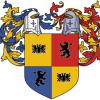
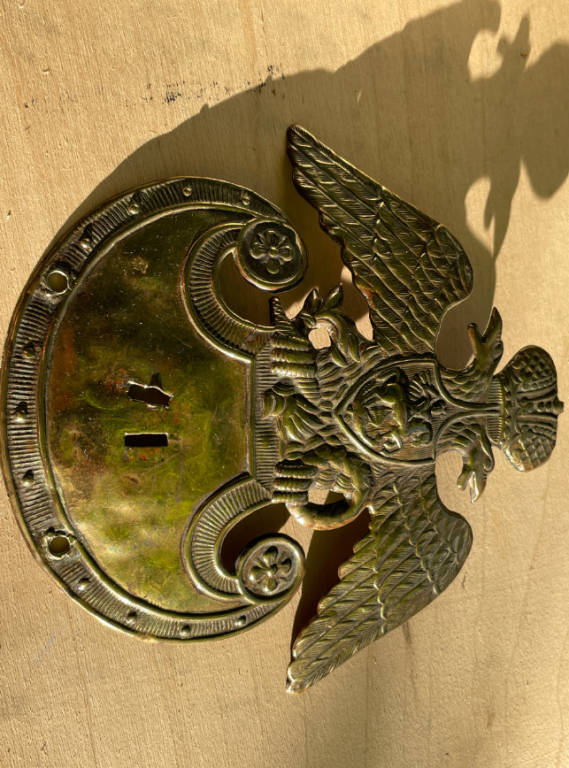

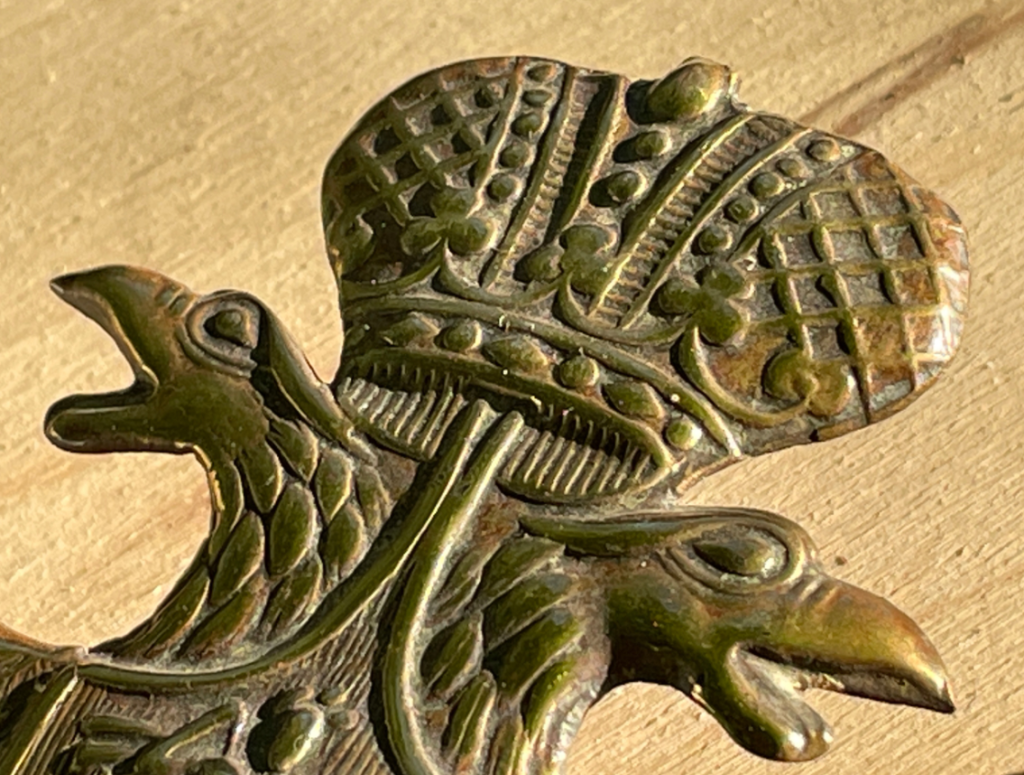

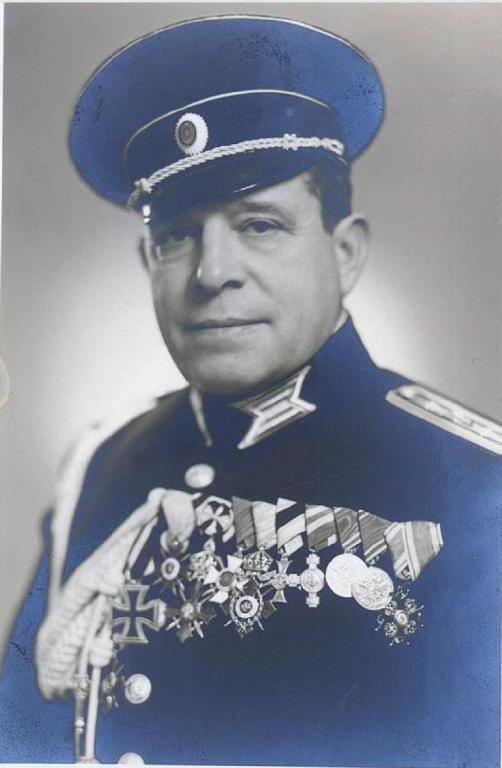
![)]OX5[1_9EAC1%P8NF14RP7.jpg](https://gmic.co.uk/uploads/monthly_2023_05/)OX51_9EAC1P8NF14RP7.thumb.jpg.3227ff45dd695afd0e4710bea2d090b7.jpg)

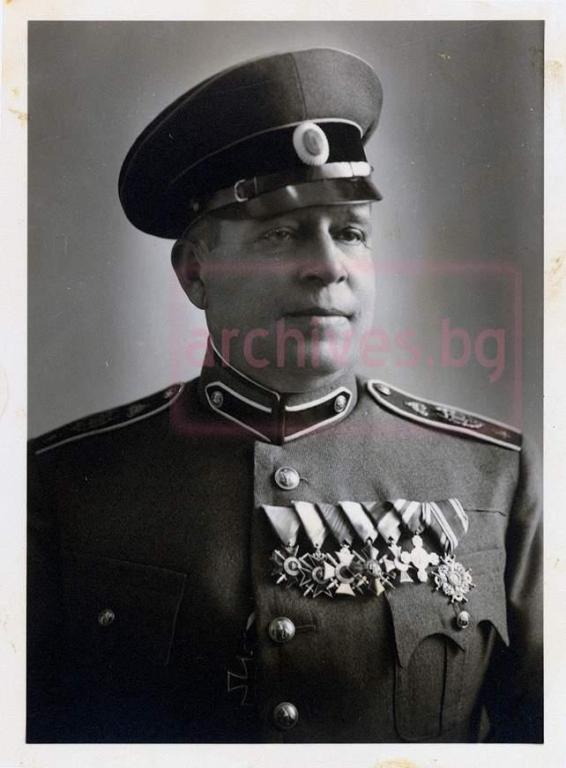
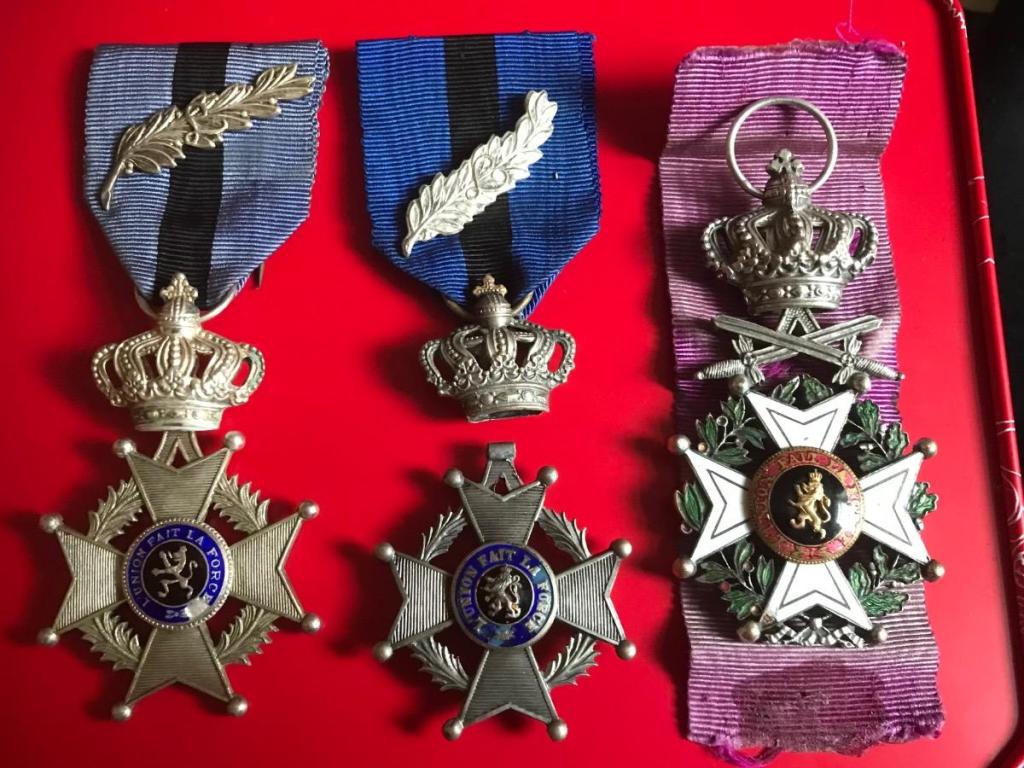
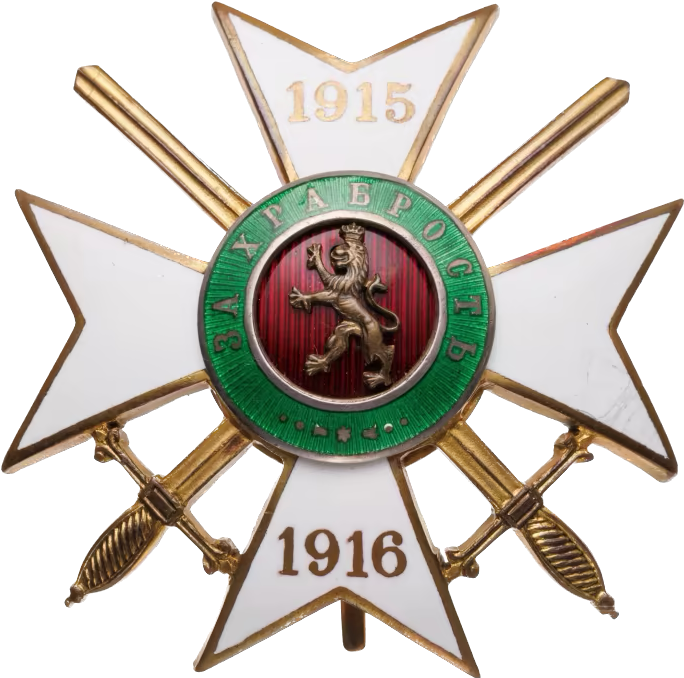
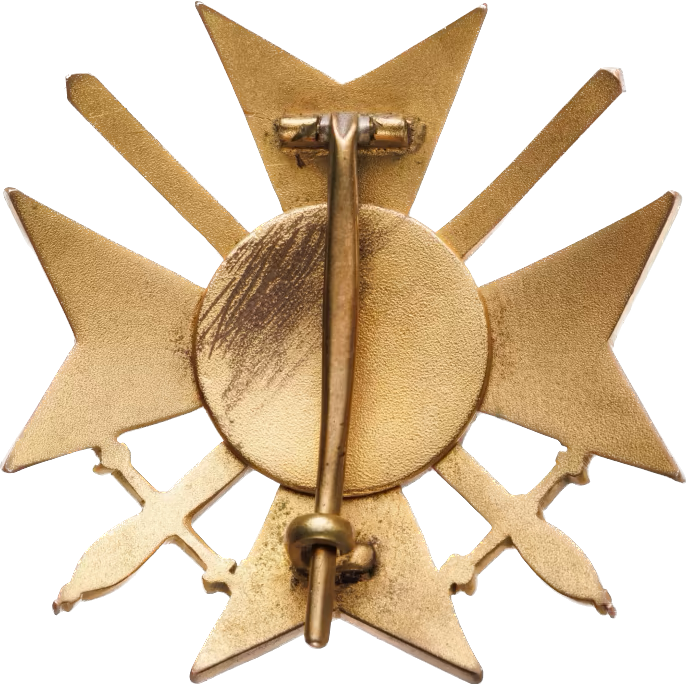
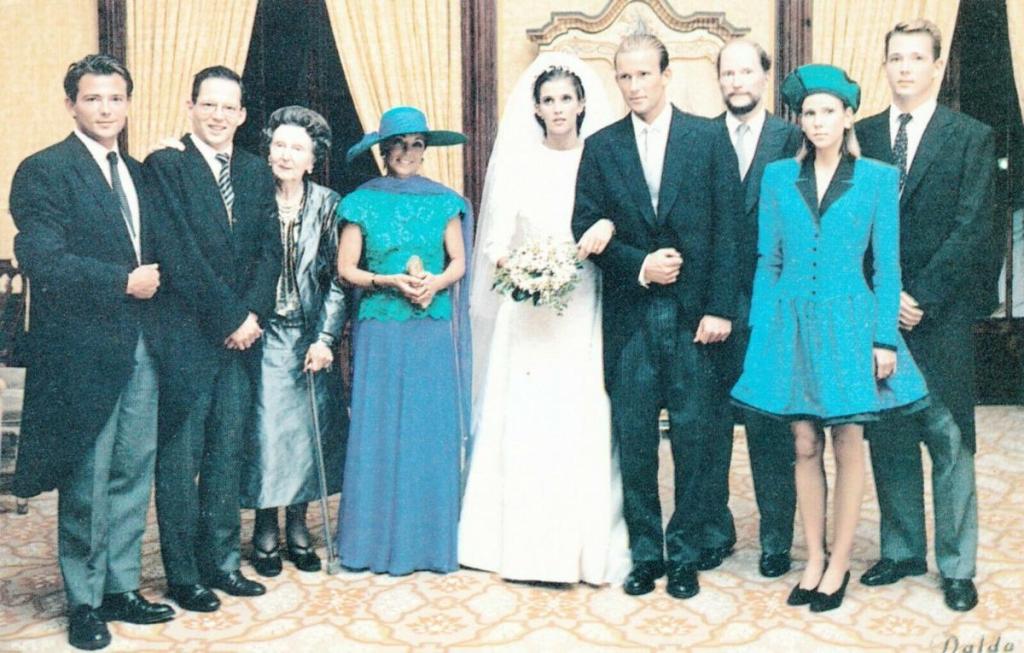
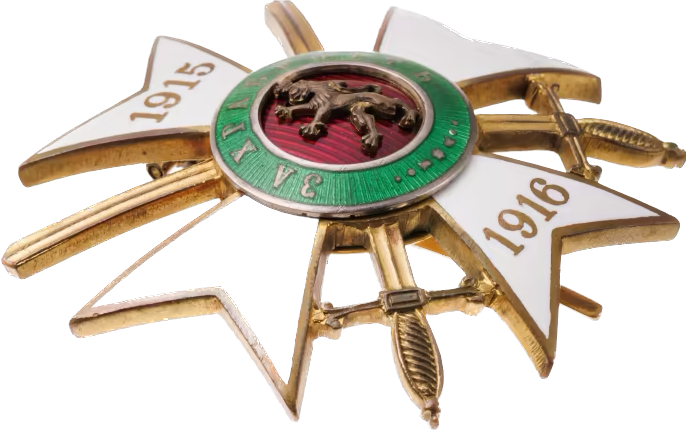
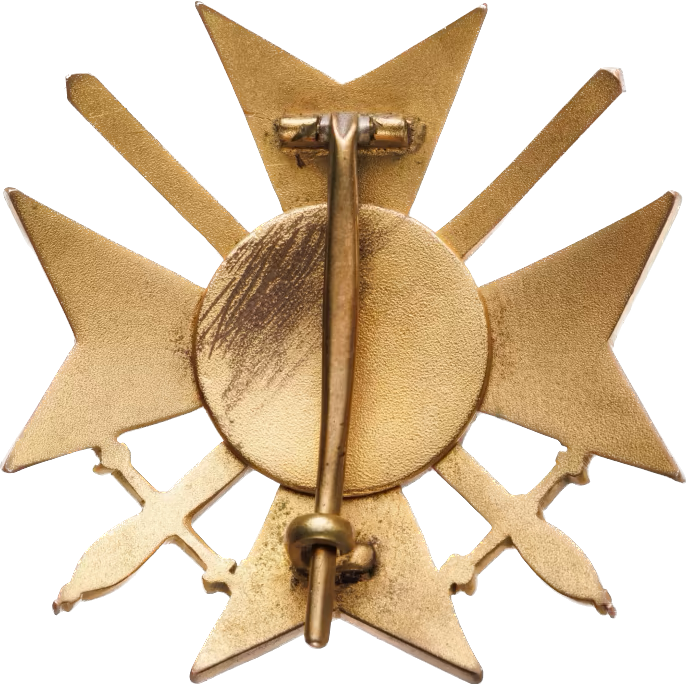
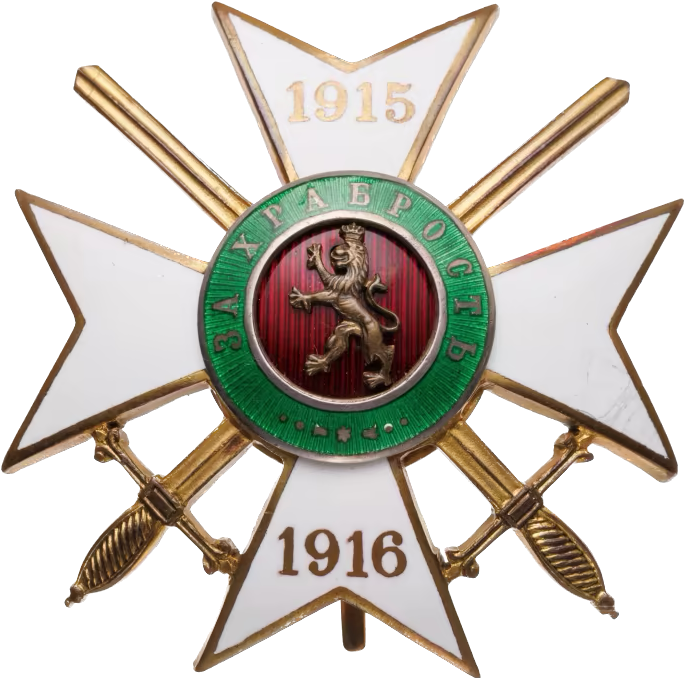
The 12th African Division 1940-1941
in Great Britain: Empire: Colonial Including South Africa & India: Awards, Militaria & History
Posted
Amazing maos